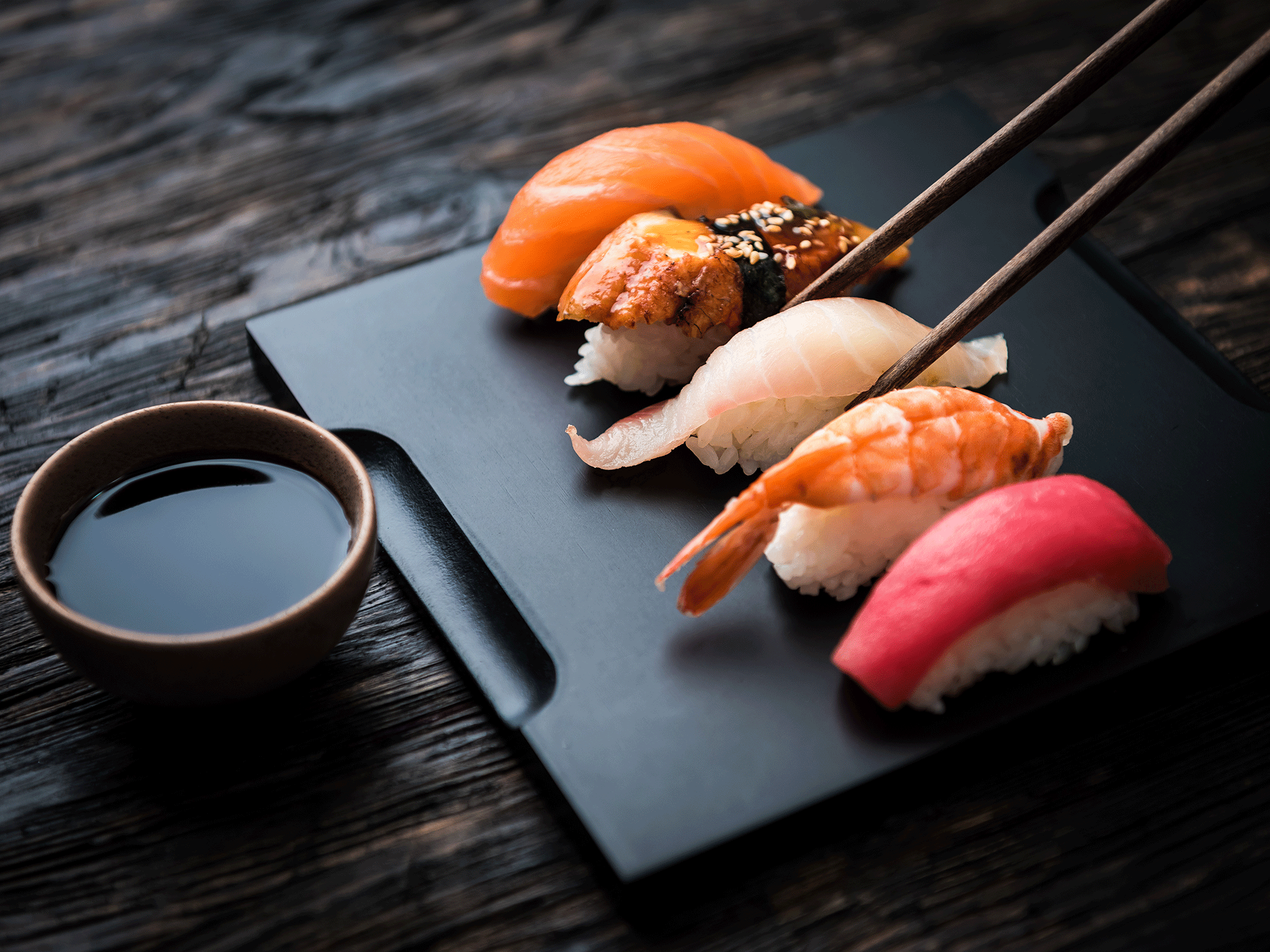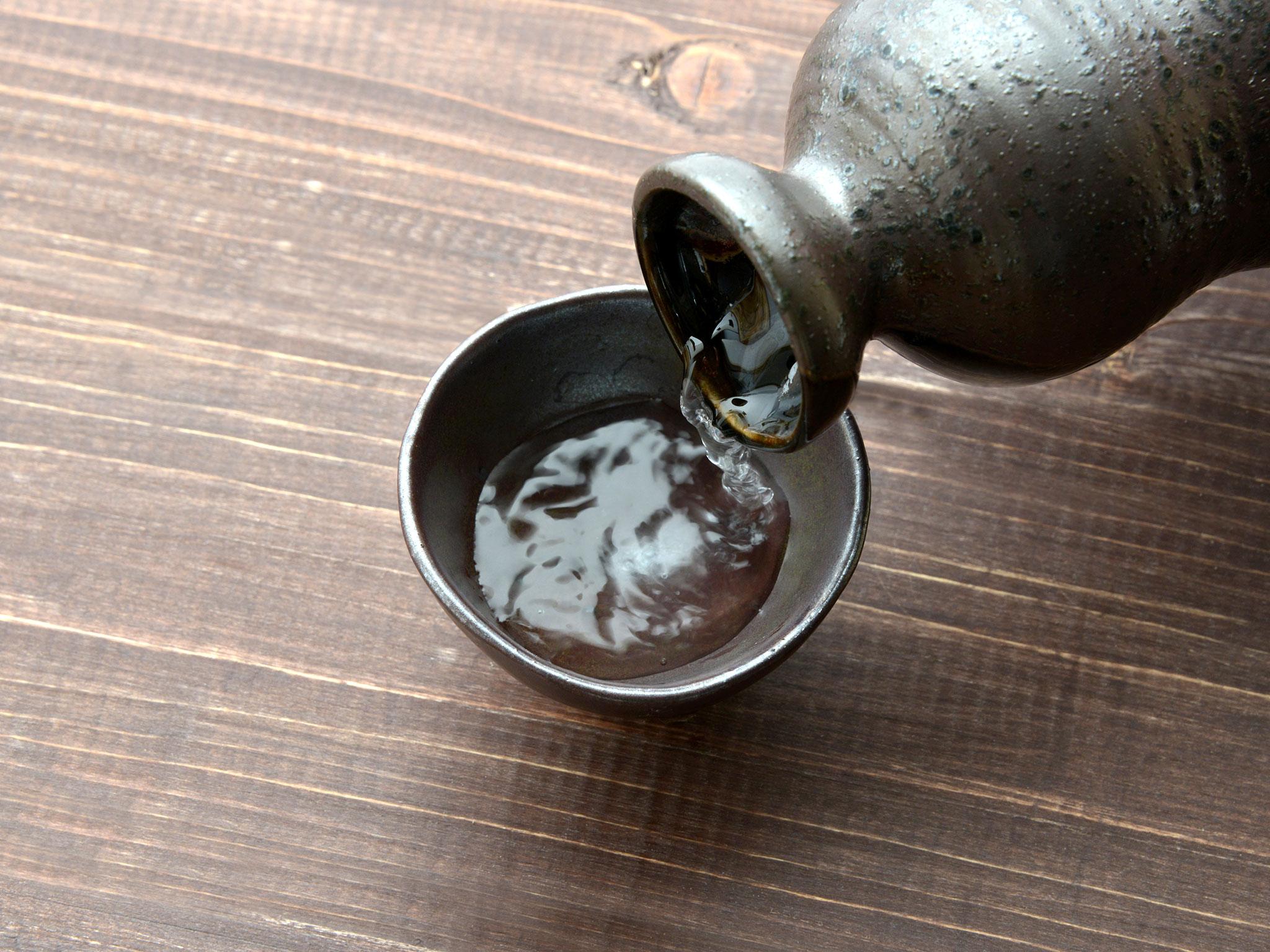The biggest mistakes when eating Japanese food, according to top chefs
Whether it comes to sushi, ramen or sake, we have you covered

Your support helps us to tell the story
From reproductive rights to climate change to Big Tech, The Independent is on the ground when the story is developing. Whether it's investigating the financials of Elon Musk's pro-Trump PAC or producing our latest documentary, 'The A Word', which shines a light on the American women fighting for reproductive rights, we know how important it is to parse out the facts from the messaging.
At such a critical moment in US history, we need reporters on the ground. Your donation allows us to keep sending journalists to speak to both sides of the story.
The Independent is trusted by Americans across the entire political spectrum. And unlike many other quality news outlets, we choose not to lock Americans out of our reporting and analysis with paywalls. We believe quality journalism should be available to everyone, paid for by those who can afford it.
Your support makes all the difference.If you’ve only just grasped how to use chopsticks (seriously, what?) we're afraid there are a few more hurdles to overcome before you can enjoy Japanese food like a pro.
Having used painstaking techniques and delicate ingredients, from the highest quality fish to short-grain rice, Japanese chefs expect diners to take the same care over devouring their dishes.
So we asked some top Japanese chefs to outline the worst faux pas when it comes to eating the nation's food.
Drowning nigiri in soy sauce
“Often people can overpower the fresh, delicate flavours of raw fish by soaking the sushi in soy sauce, rather than using it sparingly to complement the taste,” explains ’Mark Edwards, Executive Head Chef of Nobu London & Nobu Berkeley.
“A way to avoid this is to refrain from letting the rice soak up the sauce, and instead dip the piece of fish.”
Piling ginger on sushi
“Pickled ginger is traditionally meant to be used as a palate cleanser which is eaten between the different cuts of fish rather than eaten as a garnish on top of a piece of sushi, which is what we commonly see,” says Edwards.
“After you have eaten a piece of sushi with tuna, for example, and you want to eat sushi with salmon, you eat the ginger because it cleans the mouth. Then you can try the next piece without confusing the flavours. Ginger is not meant to be eaten with sushi in the same mouthful,” says Chef Nobu Matsuhisa of Nobu Shoreditch.
Eating ramen politely
Don’t bother trying to be polite and sip the soup or do anything as insulting as try to chop the noodles when faced with this noodle broth.
“When eating ramen, it’s polite to slurp your noodles. This is to show respect to the chef, and it also helps to cool the noodles so you don’t burn your mouth,” says Shane Zhao is the head chef at Issho – an authentic Japanese rooftop restaurant in Leeds. It is owned by D&D London.
Dousing matcha tea in boiling water
“Never pour boiling water on matcha green tea, it burns the leaves and creates a bitter taste,” says James Shillcock, founder of Vivid Matcha Green Tea which is sourced from fields in the Kagoshima region of Kyushu, Japan.
He adds that the lumps should be whisked out of matcha, and ceremonial grade matcha should be bought. The low-grade stuff is just too bitter to enjoy.

Drinking sake with rice dishes
“Traditionalists believe that you shouldn’t serve sake with rice dishes, as sake is made from rice and it would conflict the flavour,” says Zhao.
Using loads of soy sauce
“Soy sauce should be treated with respect – you should only pour as much as you would use,” says Zhao. And don’t ever double-dip in communal - it’s just really gross.
Mixing wasabi and soy sauce
Again, the delicacy of fresh, sushi-grade fish is the reason why dumping a wadge of spicy wasabi into soy sauce will lessen your enjoyment of the dish. “Soy sauce has a lot of sodium and also wasabi has too much spice and it blocks a lot of the flavour because sushi is very delicate,” says Nobu Shoreditch.
Not knowing what sushi even is
“Sushi actually means 'vinigered' rice but people often think it's the roll,” according to Kaori Simpson who owns Harajuku Kitchen in Edinburgh.
Facing chopsticks the wrong way
“One of the most common mistakes is to place chopsticks vertically into a rice bowl when eating,” says Shunpei Yamaguchi, Manager, Ginza Onodera. “This is a faux-pas in Japan as it reminds people of funerals, where a bowl of rice is left with two chopsticks standing vertically as a part of traditional custom.”
Eating cold sushi
“Sushi rice is meant to be warm and soft when it is freshly prepared, not cold and hard,” says Andrew Kojima, a Japanese chef, restaurateur and Masterchef finalist.
“It's warmth takes the edge off the fish (which should be in the fridge!) so that you can detect the flavour of the fish.”
Disgarding the garnish
Shredded daikon, or white horseradish, and shiso leaves aren’t just there to look pretty, says Kojima. “They taste great and they aid digestion of oily fish such as salmon, tuna and mackerel.”

Eating miso soup with a spoon
Miso soup isn’t as thick as a lot of others, so you’re just creating extra washing up if you’re using a spoon. “ Japanese soups tend to be thinner and the bowls they are served in are smaller, so that you can sip straight from the cup,” says Kojima.
Freezing dashi
This is stock is used as a base for miso soup, as well as a noodle broth but shouldn’t be preserved. “it loses some of the freshly made aroma, but most importantly, it's like making tea, and you wouldn't freeze tea for next time, so save space for ice cream instead,” says Kojima.
Pouring sake
“Don't serve your own sake,” stresses Ken Ohashi Master of Wine and Sake at International WIne Challenge Sake.
“In Japan, it is a custom to serve others from a central vessel, and they, in turn, pour your sake. It really brings a sense of occasion, and is much more sociable.”
Heating all sake
“Many people think warming sake brings out the flavour, however high-quality sake like junmai daiginjo should always be served slightly chilled,” says Ohashi.
Join our commenting forum
Join thought-provoking conversations, follow other Independent readers and see their replies
Comments